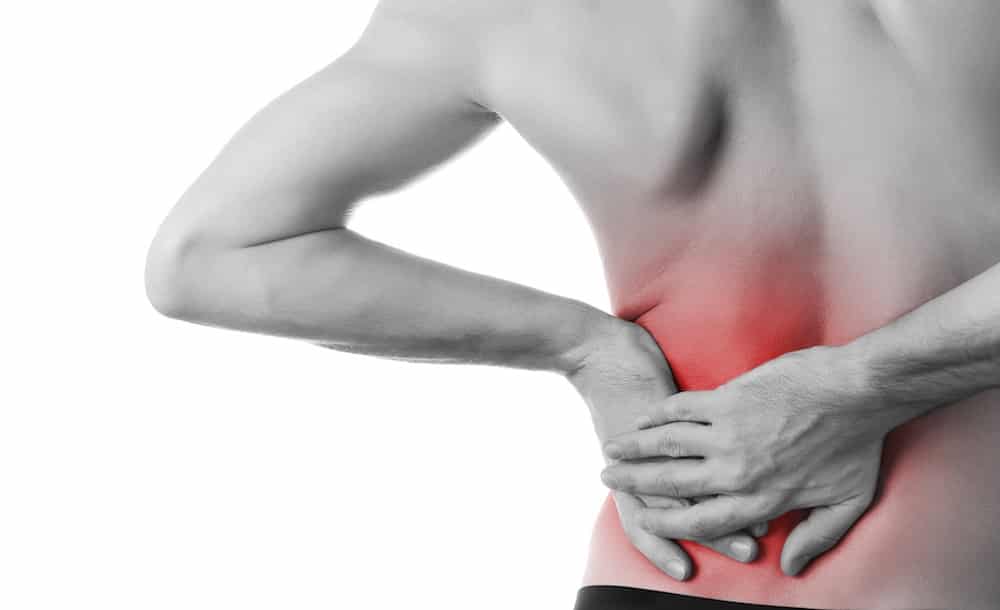
Middle Back Pain Questions
Throughout an appointment, your physician uses various strategies to measure the symptom: Middle back discomfort. These includes an actual examination and perhaps tests. (Note: An actual exam is definitely done. Tests might be carried out with respect to the suspected condition). Your physician may ask several back pain questions when assessing your problem. You should freely share any pertinent information to assist your physician make a precise diagnosis.
 Source – Therapy First
Source – Therapy First
It’s also necessary for bring an up-to-date list of your all health conditions. Therefore, medicines including dosages and names of amounts associated with a specialist can help as well.
General back pain questions:
1. When did the middle back pain start?
Why: to determine if acute or chronic.
2. Did the middle back pain start after any injury or lifting?
Why: helps to determine cause of back pain e.g. dysfunction of intervertebral disc. And gives the idea about back muscle strain and compression fracture of the spine.
3. Nature of the pain?
Why: E.g. aching, throbbing pain can indicate inflammation such as spondylitis. Superficial steady diffuse pain can indicate local pain such as a muscular strain. Boring deep pain can indicate bone disease such as bone tumor or Paget’s disease.
Specific back pain questions:
4. Where is the back pain worst and can you point to the area of maximal pain?
Why: to determine if it is central or peripheral.
5. Is your back pain worse when you wake in the morning or later in the day?
Why: Inflammatory pain is worse at night and in early morning. Mechanical back pain due to injury is worse at the end of the day and after activity. Also, continuous pain throughout the day and night is suggestive of a more sinister cause such as infection or bone tumor.
6. Aggravating and relieving factors?
Why: inflammatory back pain causes pain at rest and relieved by activity. Mechanical back pain due to injury is exacerbated by activity and relieved by rest. Osteoarthritis causes pain with or after activity and relieved with rest. Pain due to peptic ulcer may come on soon after eating or soon after going to bed at night.
7. What is the age of the person with middle back pain?
Why: E.g. in elderly people must consider malignant disease (such as multiple myeloma and metastasis). Similarly, osteoporosis, polymyalgia rheumatica, herpes zoster (shingles), ischemic heart disease and penetrating peptic ulcer. Scheuermann’s disorder occurs in ages 11 to 17 and it is important to consider scoliosis in adolescent children with backache.
Medical History & Analysis questions:
8. History of trauma to chest wall?
Why: E.g. falls on the chest such as those experienced in body contact in sports. Commonly, it lead to disorders of the thoracic spine (middle back pain).
9. Past Medical history?
Why: E.g. osteoarthritis, ankylosing spondylitis, Scheuermann’s disease etc. Non-musculoskeletal causes of thoracic (middle) back pain include heart attack, angina, pericarditis and dissecting aneurysm. Also, pneumothorax, pneumonia, oesophagitis, peptic ulcers, gallbladder disease, herpes zoster and infective endocarditis.
10. Past Surgical history?
Why: E.g. people recovering from open heart surgery. And a longitudinal sternal incision is made and the chest wall is stretched out. It is commonly experience as a thoracic (middle) back pain.
11. Past cancer history?
Why: Cancers that may spread to bones e.g. breast, lung cancer , prostate, thyroid, kidney, bladder, adrenal, melanoma and colorectal cancer. The thoracic spine is the commonest site in the vertebral column for metastatic disease.
12. Risks of Osteoporosis?
Why: Risk of osteoporosis due to early menopause, cigarette smoking, high caffeine intake, high alcohol intake and low calcium intake. In addition, physical inactivity, chronic corticosteroid use, Cushing’s disease, hyperthyroidism and chronic renal failure can cause middle back pain.
13. Medication?
Why: Corticosteroids can lead to osteoporosis that’s why this information is useful for doctor.
14. Occupational history?
Why: Pain in the thoracic area is very common in people who sit bent over for long periods. Especially, working at desks. Students, secretaries and stenographers are therefore at risk, as are nursing mothers, who have to lift their babies. Brucellosis often occurs in workers in close contact with animal or carcasses.
If you suffering from worst back pain, it always good to be ready with back pain questions. And your doctor will suggest the right solution for your backache problem.

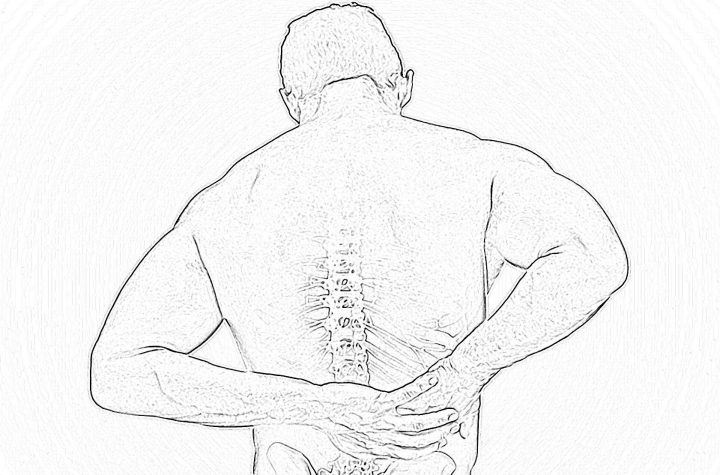
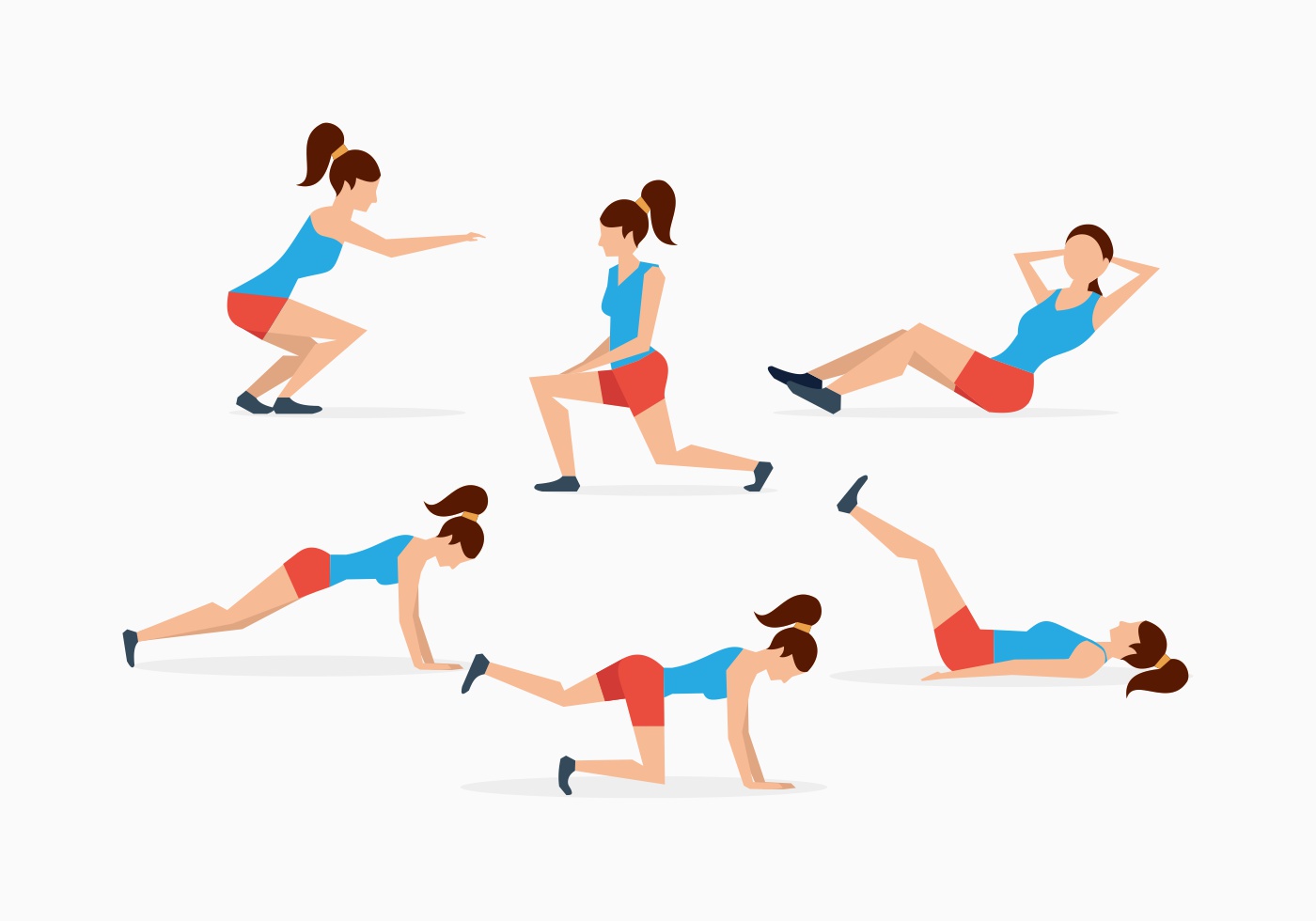
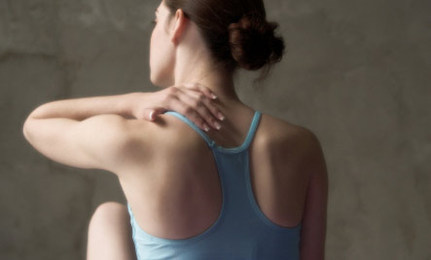
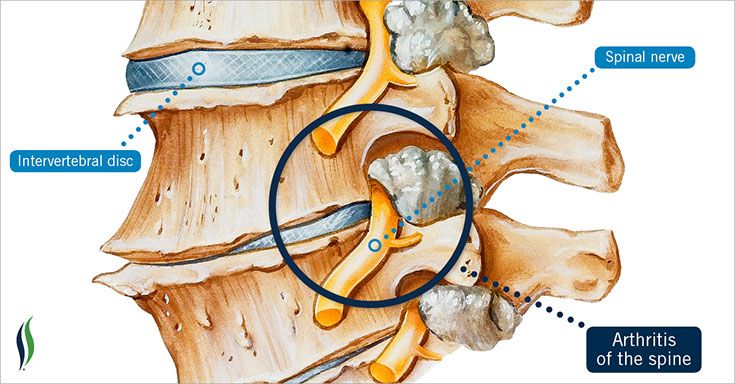
More Stories
Right Side Back Pain Symptoms, Causes and Treatments
6 Easy Tips to Manage Back Pain in 2020
What Tips for avoiding and treating mid back pain?